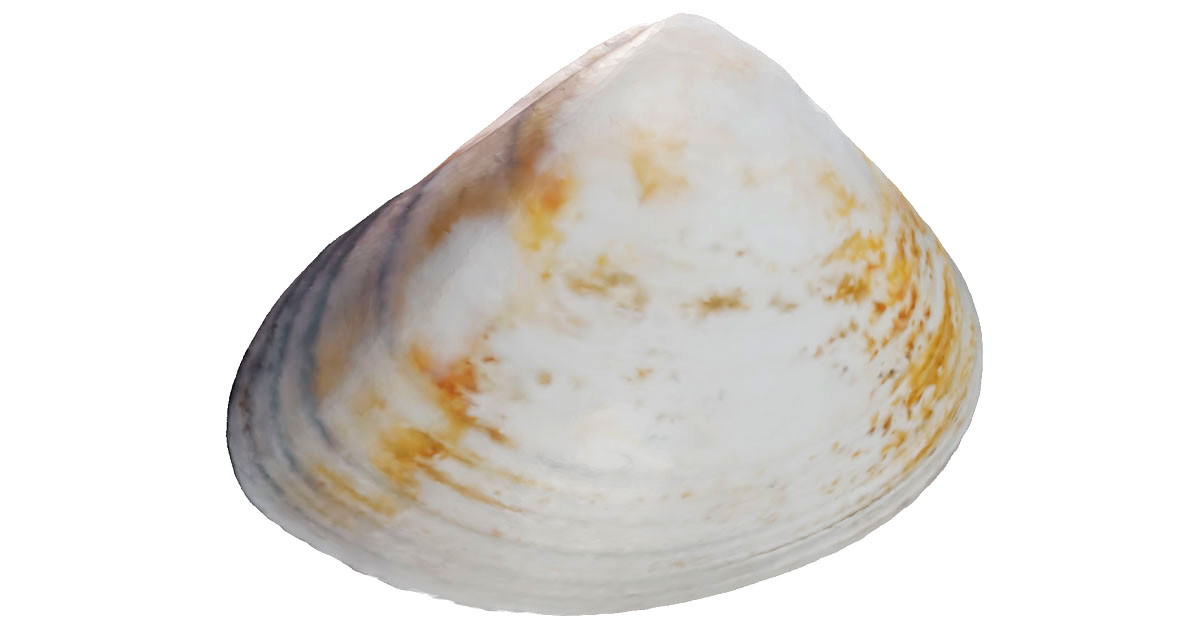
The Pismo clam, scientifically known as Tivela stultorum, is a fascinating creature that resides along the sandy beaches of the Pacific Coastline. With its distinctive triangular shape and impressive size, this bivalve mollusk has captivated the attention of beachgoers and marine enthusiasts alike. In this article, we will explore 11 interesting facts about the Pismo clam, delving into its habitat, behavior, and ecological significance. From its incredible burrowing abilities to its prized status as a culinary delight, the Pismo clam possesses a rich assortment of qualities that make it a truly remarkable creature. So, let’s dive deeper into the world of the Pismo clam and discover the wonders of this charismatic shellfish.
Key Takeaways:
- Pismo clams are filter feeders with long lifespans, playing a vital role in beach ecosystems and are protected in certain areas due to overharvesting concerns.
- Pismo clams have a unique habitat along the Pacific coast, are considered a delicacy, and have cultural significance within indigenous coastal communities.
Pismo clams have a unique habitat.
Pismo clams, scientifically known as Tivela stultorum, can be found along the sandy beaches of the Pacific coast, from California to Mexico.
They are filter feeders.
These clams use their siphons to pump water in and out of their shells, filtering out tiny organisms and algae for food.
Pismo clams have distinctive shells.
Their shells are thin and elongated, typically measuring around four inches in length. They usually have a yellowish or grayish-white color.
They are considered a delicacy.
Due to their tender meat and unique flavor, Pismo clams are highly sought after by seafood enthusiasts. They can be prepared in various ways, including steaming, baking, or frying.
Pismo clams have a long lifespan.
These clams can live up to 20 years in the wild, provided they have access to suitable environmental conditions and food sources.
They are not quick burrowers.
Compared to other types of clams, Pismo clams are relatively slow burrowers. It can take them several minutes to dig into the sand and bury themselves.
Pismo clams have limited movement.
Once they burrow into the sand, Pismo clams mainly stay in one spot and do not move around much. They rely on the changing tides to bring food to them.
Pismo clams play a vital role in beach ecosystems.
As filter feeders, they help maintain water clarity by removing excess nutrients and microscopic organisms from the surrounding environment.
They are protected in certain areas.
Due to their ecological importance and overharvesting concerns, Pismo clams are protected in designated marine reserves and require permits for commercial or recreational harvesting.
Pismo clams have a unique reproductive process.
Females release eggs into the water, which are then fertilized by males externally. The larvae develop as plankton before settling to the ocean floor and maturing into adult clams.
They have cultural significance.
Pismo clams hold importance within indigenous coastal communities, as they have been a valuable food source and played a role in traditional ceremonies.
Conclusion
Overall, the Pismo clam is a fascinating creature that plays an important role in its coastal ecosystem. With its unique characteristics and impressive capabilities, it’s no wonder why these clams have captivated the attention of marine enthusiasts and researchers alike. From their incredible burrowing abilities to their filter-feeding habits, Pismo clams exemplify how animals can adapt and thrive in their environment.Furthermore, the Pismo clam serves as a vital resource for both humans and other marine life. Its meat is a delicacy cherished by seafood lovers, while its presence in sandy beaches helps maintain the ecological balance by aerating the sediment and filtering water. However, it’s crucial to approach the harvesting of these clams responsibly and follow regulations to ensure their sustainability.In conclusion, the Pismo clam is a remarkable creature that deserves our admiration and protection. With its fascinating adaptations and ecological importance, let us strive to preserve and appreciate this iconic symbol of coastal biodiversity.
FAQs
Q: Where can I find Pismo clams?
A: Pismo clams can predominantly be found along the Pacific coast of North America, from Alaska to Baja California. They inhabit sandy beaches and coastal areas with suitable conditions for their survival.
Q: How do Pismo clams burrow in the sand?
A: Pismo clams use their strong muscular foot to dig into the sand. By contracting and relaxing their foot, they create a pumping motion that helps them disappear beneath the surface.
Q: Are Pismo clams edible?
A: Yes, the meat of Pismo clams is considered a delicacy by many seafood enthusiasts. However, it’s important to comply with local regulations, practice responsible harvesting, and ensure the clams are safe to consume.
Q: What is the average lifespan of a Pismo clam?
A: Pismo clams can typically live for about 10 to 15 years. However, their lifespan can vary depending on environmental factors and predation risks.
Q: How do Pismo clams reproduce?
A: Pismo clams are broadcast spawners, meaning they release their eggs and sperm into the water. Fertilization occurs externally, and the larvae that hatch from the eggs undergo a period of development before settling into the sand as juvenile clams.
Q: Can I keep Pismo clams as pets?
A: Keeping Pismo clams as pets is not recommended as they have specific habitat requirements and are sensitive to changes in water quality and temperature. It is best to appreciate them in their natural habitat.
Was this page helpful?
Our commitment to delivering trustworthy and engaging content is at the heart of what we do. Each fact on our site is contributed by real users like you, bringing a wealth of diverse insights and information. To ensure the highest standards of accuracy and reliability, our dedicated editors meticulously review each submission. This process guarantees that the facts we share are not only fascinating but also credible. Trust in our commitment to quality and authenticity as you explore and learn with us.
